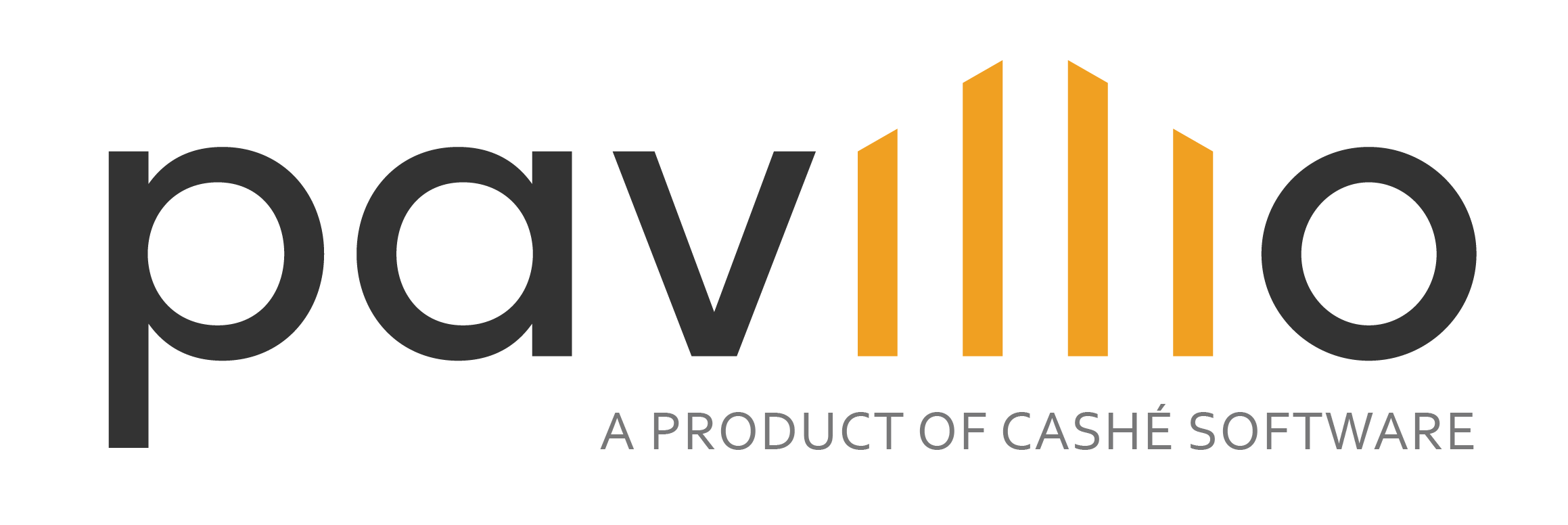
18 Nov Emerging Trends in 2020 Public Programs
Medicaid currently accounts for nearly $600 billion of health care spending in the United States and covers approximately 72 million people and their health care needs. While many projected that Medicaid spending would go up in the coming years, while enrollment would flatten, changes from the COVID-19 pandemic have completely changed projected trends.
Now both Medicaid enrollment and spending are rising as millions of Americans are still dealing with unemployment, and even more services are needed in the ongoing battle against this virus. State and federal governments are taking action to respond to these new pressures to the current system.
When United Healthcare did a recent in-depth dive into emerging trends in public programs, they highlighted some of these emerging solutions that are completely changing the public sector in 2020. These trends can give us a better look at the direction Medicare and Medicaid will be going in the future.
Increasing State Autonomy
The current federal administration has been working to increase state autonomy. Many states have been pursuing waiver authorities that give them more flexibility to restructure Medicaid programs as part of this effort. Changes have been most notable since 2019 when several states launched new Medicaid eligibility systems as a response to existing components that were causing payment errors.
At the beginning of 2020, Centers for Medicare and Medicaid Services (CMS) unveiled a State Medicaid Director Letter that detailed Block rand federal funding options for states to pursue. Part of this was the Healthy Adult Opportunity (HAO) Waiver for individuals aged 65 and under who are not disabled and do not require long-term support.
Medicaid Buy-In or Public Option Programs
This Medicaid trend came in an effort to help individuals who are working but earn too much to qualify for Medicaid and are still struggling to afford Individual Exchange coverage. Two states are looking to lead change in these efforts: Colorado and Washington, with other states poised to follow suit. These current programs include the framework for a Public Option insurance product in Colorado and a Public Option legislation in Washington, which is available to all state residents, regardless of their income.
Medicaid Expansion
So far, in 2020, there are 39 states that have adopted Medicaid Expansion. As more states continue to adopt Medicare Expansion, they also continue to explore different community engagement requirements. Ten states have currently received (CMS) waivers authority to implement further engagement requirements, and nine additional states have Section 1115 Waivers pending that would include community engagement requirements.
However, not every state is pushing forward with these community engagement efforts. In fact, due to current court proceedings, some are pulling back until current court proceedings can determine If the Department of Health and Human Services will be allowed to implement work requirements as part of Medicaid.
Leveraging the Procurement Process
State Medicaid agencies are expanding their programs. However, this also means they leverage the procurement process to encourage their Managed Care Organizations (MCO) partners to reach higher expectations. These efforts could require comprehensive behavioral health services, using Request for Proposal to transition care coordination from MCOs to providers and may require the alignment of Medicaid and Medicare.
Access to Care
Many states are pushing for policy changes and new initiatives that will provide greater access to care. Not all Medicaid recipients have equitable access to care, including many children, seniors, and those living in rural areas. State Medicaid programs are working on alternative care sites, and school-based health services mainly focused on behavioral health care.
Telehealth services have also seen a boost when it comes to access to care, and we can expect many emerging trends related to the COVID-19 pandemic that will dictate the emergence of more telehealth services.
These are just a few of the many emerging public program trends in our world today, but there are even more that are making a mark on the public program sphere. To find out more about some of the other trending programs available in 2020, stay tuned for the second part of this series to find out more.
